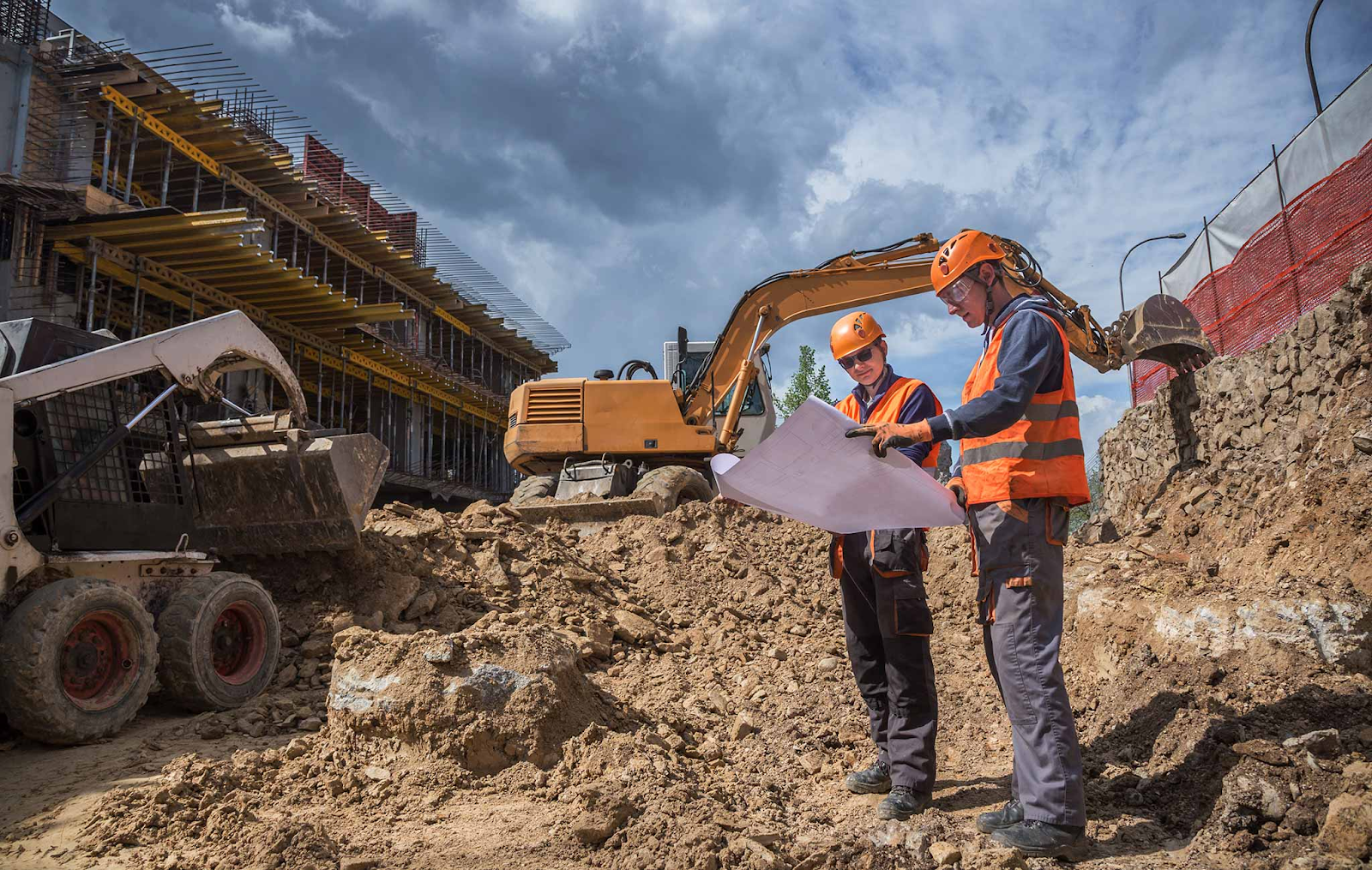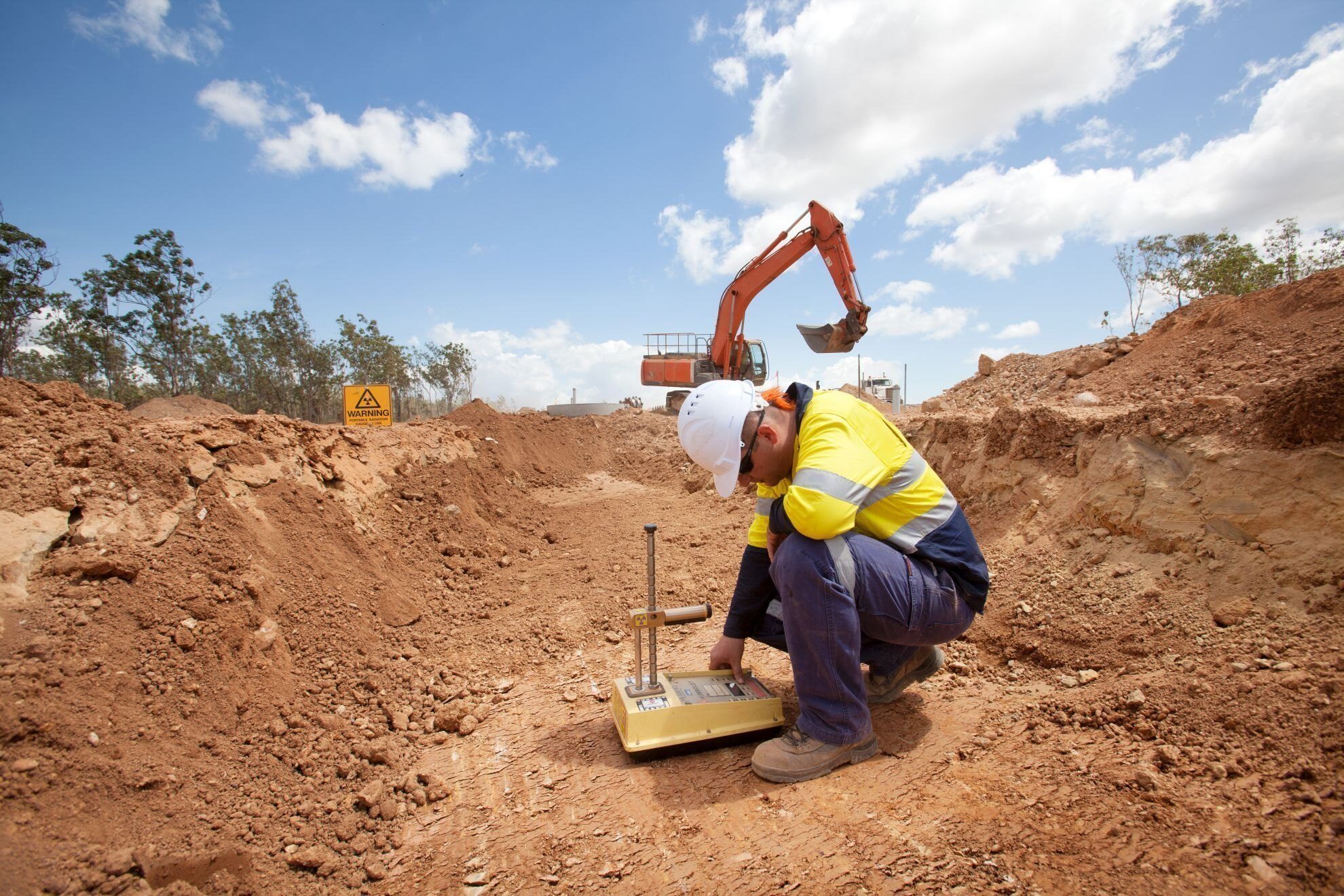The smart Trick of Specialized Geotechnical Engineering Solutions That Nobody is Discussing
Table of ContentsThe Ultimate Guide To Specialized Geotechnical Engineering SolutionsNot known Incorrect Statements About Specialized Geotechnical Engineering Solutions The smart Trick of Specialized Geotechnical Engineering Solutions That Nobody is DiscussingSpecialized Geotechnical Engineering Solutions Fundamentals Explained
They conduct site examinations, accumulate samples, perform research laboratory tests, and evaluate information to assess the suitability of the ground for construction tasks. Based on their findings, geotechnical designers offer suggestions for foundation design, slope stability, maintaining structures, and mitigation of geotechnical risks. They team up with other specialists, such as designers, architectural engineers, and building teams, to ensure that geotechnical considerations are integrated right into the overall project layout and application.
Foundation Layout: Geotechnical designers play a critical duty in developing structures that can securely support the desired framework. They analyze the dirt conditions and load needs to figure out the appropriate foundation kind, such as superficial structures (e.g., grounds), deep foundations (e.g., heaps), or specialized techniques like soil renovation. They think about aspects such as settlement limits, bearing capability, and soil-structure communication to create optimum foundation designs.
What Does Specialized Geotechnical Engineering Solutions Do?
Below are some sorts of geotechnical designers: Foundation Engineer: Structure designers concentrate on creating and examining structures for frameworks - Specialized Geotechnical Engineering Solutions. They evaluate the soil problems, load needs, and website features to identify the most ideal structure kind and style, such as superficial structures, deep foundations, or specialized techniques like stack foundations
They execute field testing, collect examples, and evaluate the gathered information to characterize the dirt properties, geologic developments, and groundwater problems at a site. Geotechnical Instrumentation Designer: Geotechnical instrumentation engineers focus on surveillance and determining the actions of soil, rock, and structures. They install and preserve instrumentation systems that keep track of variables such as dirt settlement, groundwater degrees, slope movements, and structural variations to evaluate efficiency and provide early warnings of possible issues.
In the office environment, geotechnical engineers utilize specialized software application devices to perform estimations, develop layouts, and analyze data. Specialized Geotechnical Engineering Solutions. They prepare records, evaluation job specifications, interact with clients and group members, and coordinate project activities. The workplace setting provides a favorable setting for research study, analysis, and collaboration with various other professionals entailed in the project
They often check out task sites to carry out website examinations, examine geotechnical conditions, and gather information for analysis. These visits entail traveling to various places, in some cases in remote or challenging terrains. Geotechnical designers might carry out soil sampling, conduct tests, and monitor construction activities to guarantee that the geotechnical facets of the task are being applied properly.
5 Simple Techniques For Specialized Geotechnical Engineering Solutions
Geotechnical designers also function in specialized geotechnical laboratories. Geotechnical laboratory engineers function extensively in these settings, taking care of screening tools, running instruments, and taping information.
Preserving Wall surfaces: Developing wall surfaces that keep back soil to avoid landslides and supply stability on sloped terrains. Embankments and Earthworks: Creating embankments for roadways, trains, and dams to guarantee they best site continue to be steady under stress. The mining market depends greatly on geotechnical engineering to make certain the safety and long life of its operations.
With this in mind, we have actually made our program to prepare trainees for success. The Geotechnical Design program at the University of Delaware supplies opportunities for sophisticated study and research study in: Soil and rock mechanics Soil-structure interaction Constitutive modeling Computational geomechanics Structure and planet frameworks design Ground renovation Slope stability and landslide stabilization Liquefaction of soils and quake design Research laboratory characterization of geomaterials and dirt reinforcement Environmental geotechnics Given the solid need for improvement to our country's infrastructurethe imp source American Culture of Civil Designers offered the U.S.
Geotechnical engineering is a branch of civil engineering; however, it includes utilizing clinical methods and principles to gather and interpret the physical properties of the ground. Geotechnical designers are associated with all phases of the layout of frameworks, from idea to building and construction. Their job is necessary in the layout and planning process as they examine the stability of dirt, clay, silt, sand, and rock, prior to construction beginning.
The Specialized Geotechnical Engineering Solutions Diaries
This is followed by a ground investigation based on the findings of the desk research and includes test pitting and sampling to discover any type of potential problems. Geotechnical engineers function within multidisciplinary groups, supported by intermediate and younger designers as well as by CAD professionals. As an elderly geotechnical engineer on a hydro plant task, jobs might include joining technical reviews (e.g., peer reviews), tailings clog examinations, dam safety testimonials, and various other research studies associated to the design and building and construction of mine waste facilities.
While some professionals are experts exclusively in geotechnics, others may function under titles like engineering geologist or ground designer within comparable abilities. As a geotechnical designer, you'll require to: develop and preserve relationships with clients and various other specialists entailed in the site, throughout each projectmaintain safety criteria on site bear in mind price implications when you make recommendationsstudy geological maps and aerial photographs from a range of sources and from different time periodsexamine building prepares to see exactly how possible they are based upon your click here for info understanding of the siteinvestigate risks or geological threats for the sitesearch for environmentally sensitive attributes, such as landfill start to establish factual and expository ground modelsplan field investigationsdrill and analyse samples of bedrock, dirt, groundwater and extra products oversee various other experts on sitesolve technological problems as they develop, such as unanticipated frameworks at drill sitesmonitor conditions during and after building and construction to make sure structures are steady in the short and lengthy termadd information accumulated on site to your initial researchcreate geotechnical computations, drawings, and two or three-dimensional computer designs translating the datamake suggestions concerning the suggested use of the site.
There are whole lots of possibilities to satisfy brand-new individuals, as you'll deal with a series of specialists at every site. The work can be difficult as you may be accountable for the security of others while on website. There is also a high degree of monetary obligation, as the recommendations you make can have serious price implications.
